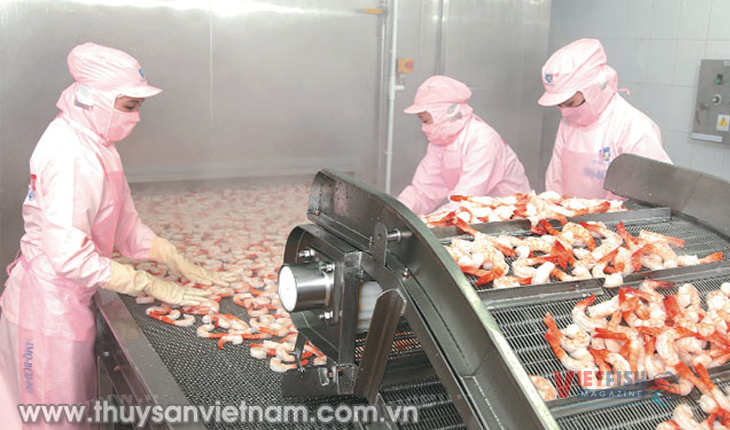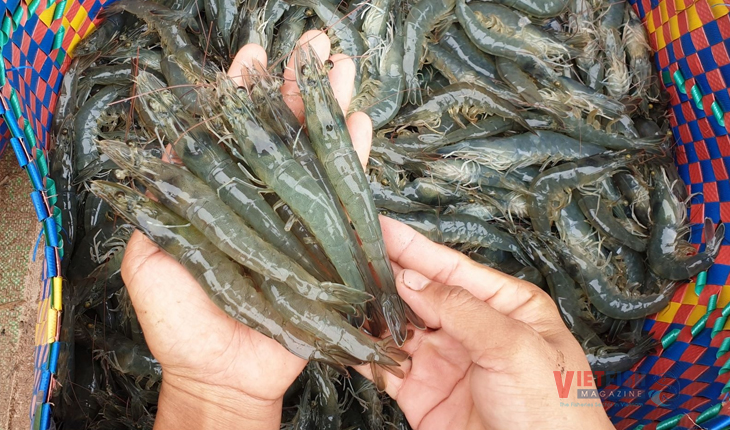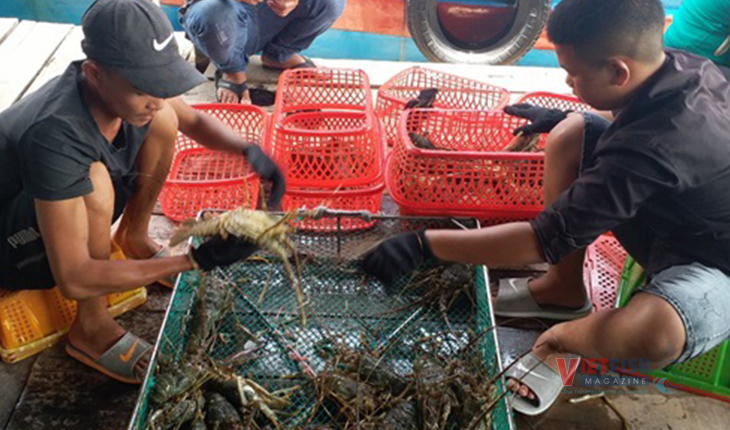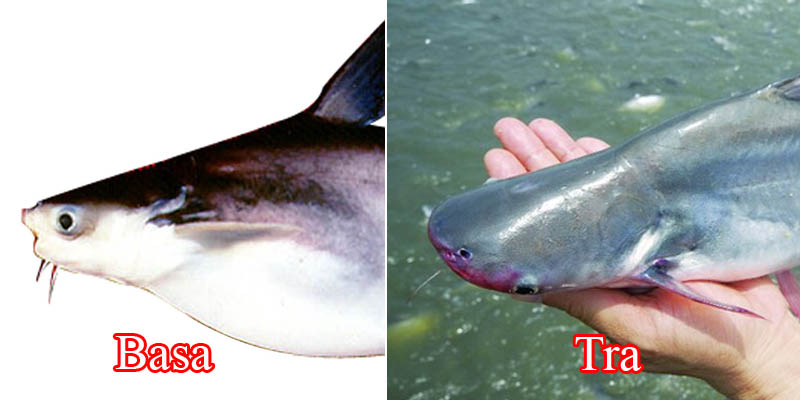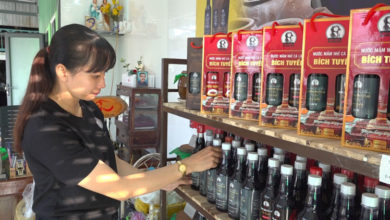Request for the US to soon recognize Vietnam’s market economy status
Vietnam is calling on the U.S. to enhance its commitment to extensive, robust, and constructive engagement and to promptly acknowledge Vietnam's status as a market economy.
On August 3, responding to a journalist’s question about Vietnam’s reaction to the U.S. Department of Commerce’s persistent classification of Vietnam as a non-market economy, Pham Thu Hang, Spokesperson for the Vietnamese Foreign Ministry, commented:
“We are disheartened by the U.S. Department of Commerce’s ongoing classification of Vietnam as a non-market economy. While there have been significant positive developments in Vietnam’s economy recently, this decision does not fully capture the substantial efforts and accomplishments Vietnam has made in establishing and advancing its market economy, as recognized by the international community,” stated Pham Thu Hang.
Recently, Vietnamese agencies and enterprises have been actively working with the U.S. Department of Commerce, providing compelling evidence that Vietnam’s economy meets all six criteria for a market economy as outlined by U.S. law. This stance has been supported by numerous American and international associations, businesses, and experts. To date, 72 countries have acknowledged Vietnam as having a market economy. International organizations have recognized Vietnam’s remarkable economic progress. Furthermore, Vietnam has engaged in multiple high-quality Free Trade Agreements (FTAs).
In the context of their Comprehensive Strategic Partnership, Vietnam urges the U.S. to maintain its commitment to broad, strong, and constructive cooperation and to promptly recognize Vietnam’s market economy status. Relevant Vietnamese agencies will continue to collaborate closely with U.S. partners to ensure that bilateral economic and trade relations remain stable and mutually beneficial for businesses and citizens of both nations.
Previously, the Ministry of Industry and Trade had also briefed the press about its request for the U.S. to acknowledge Vietnam as a market economy. According to the Ministry, on August 2, 2024, the U.S. Department of Commerce issued a conclusion stating that despite noting positive changes in Vietnam’s economy, it still does not recognize Vietnam as a market economy.
According to Section 771 of the U.S. Tariff Act of 1930, the six criteria for determining a country’s market economy status include: currency convertibility; wage negotiations between workers and employers; levels of foreign investment in economic activities; state versus private ownership issues; and the extent of government control over certain resources, prices, and other factors.
VFM


